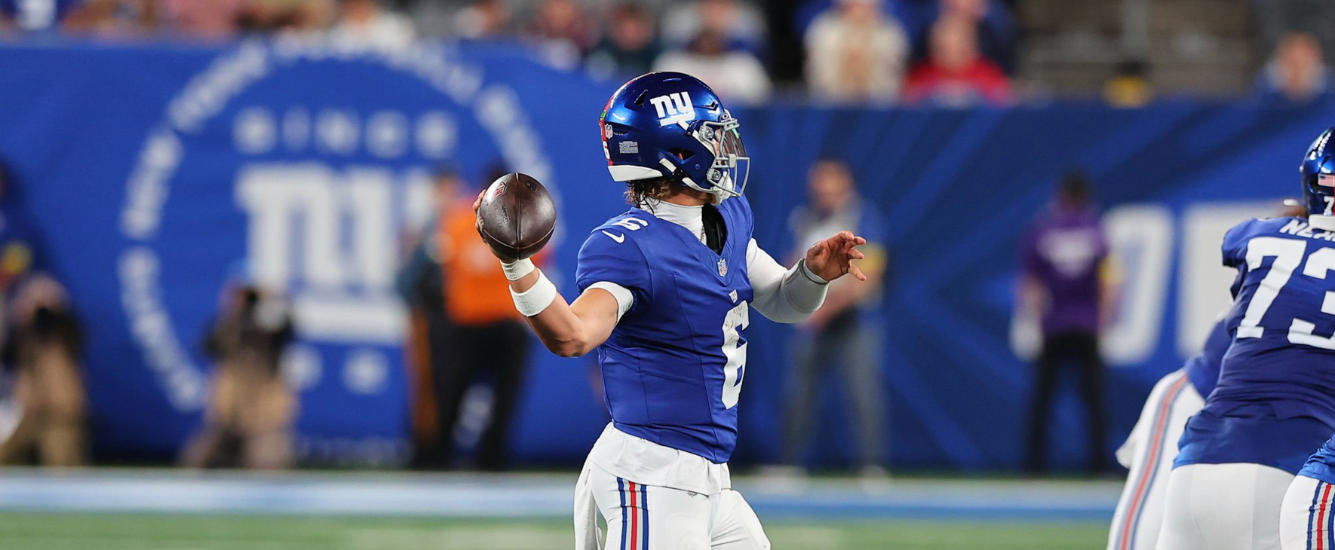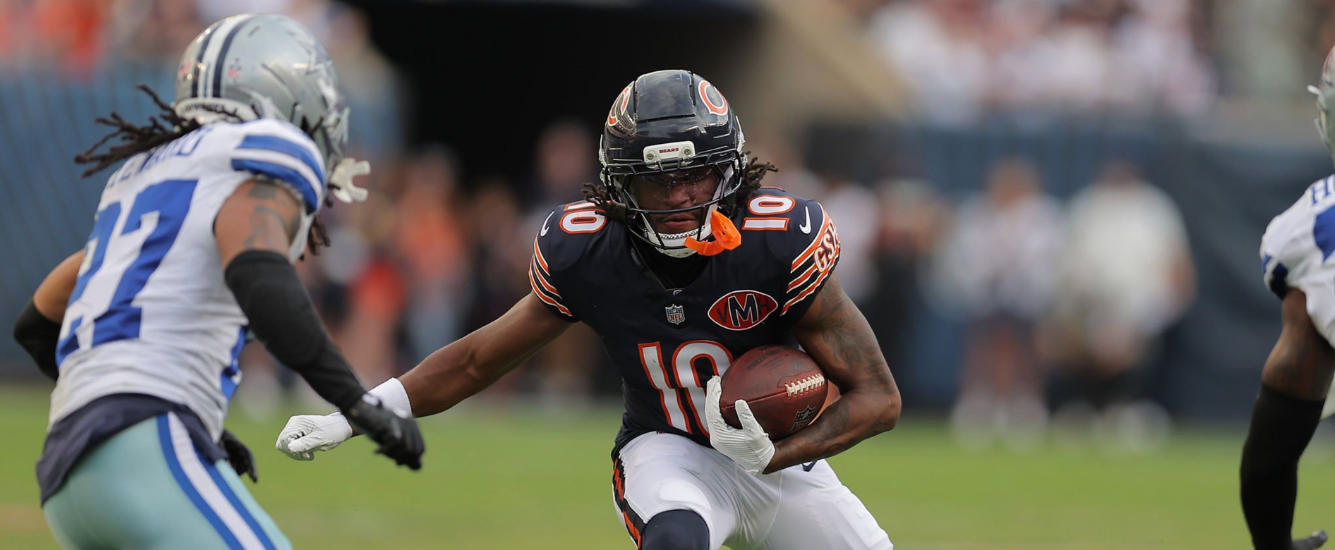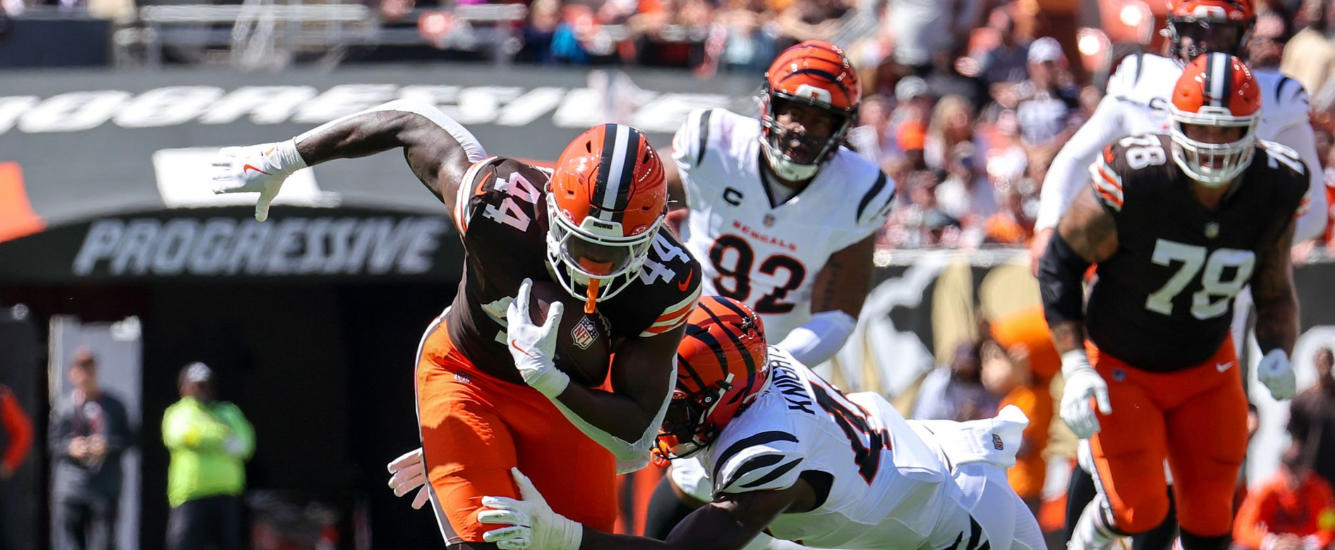In order to win life-changing money in best ball tournaments, we need to strategically score the most points in the weeks that matter most. In the first part of this series on back-weighted production, we reminded ourselves why not all weeks are created equal. We then explored how rookie wide receivers are the key to unlocking back-weighted production, and identified the key range of the draft where rookie WRs are screaming targets for the fantasy playoffs. Now, we turn our attention to running backs. Building on Jack Miller’s original 2021 analysis of RB experience, we will explore how experience influences RB production patterns over the course of the season. By analyzing these trends, we’ll identify the players who are poised to deliver in the weeks that matter most — the fantasy playoffs.
Rookie RB Production Trends Are Trickier Than WRs
Rookie running backs and wide receivers face different paths in the NFL, largely due to the nature of their positions. While coaches generally take it slow with rookie WRs as they acclimate to the pro level and demonstrate their ability to earn targets, rookie RBs are usually expected to contribute immediately and are given volume. Unlike WRs who must successfully get open to earn the target, RBs will walk into touches if they are simply on the field.
This leads to a difference in how fantasy value is derived: WR production hinges more on intrinsic talent, whereas RB production is more tied to extrinsic factors like opportunity.
Take Justin Jefferson and Ja’Marr Chase, for example — two of the best rookie wide receiver seasons in NFL history. Despite immediately flashing alpha talent, it took a few weeks for them to see consistent opportunity.


In contrast, elite rookie RBs are often thrust into a prominent role from the start.


However, the inverse can occur in the later rounds of fantasy drafts. Even if Rookie WRs are seemingly blocked from a clear path to opportunity, they can be so good that they force themselves into targets.

Meanwhile, talented rookie RBs may be boxed out by a veteran, effectively redshirted for a year.

Over time, rookie RBs, like WRs, generally benefit as the season progresses, while veteran RBs often see their production decline.

Yet, the benefit of youth isn’t as clear-cut for RBs as it is for WRs. When we separated veteran WRs into those on rookie contracts (Years 2-4) and those on second contracts (Year 5-plus), we saw rookie WRs smoke veterans in the fantasy playoffs. However, while rookie RBs gain value over the course of the season, their collective points per game is just equivalent to that of veterans.

But, we will find that there’s a specific draft range where, come the fantasy playoffs, youth rises above the rest.




















